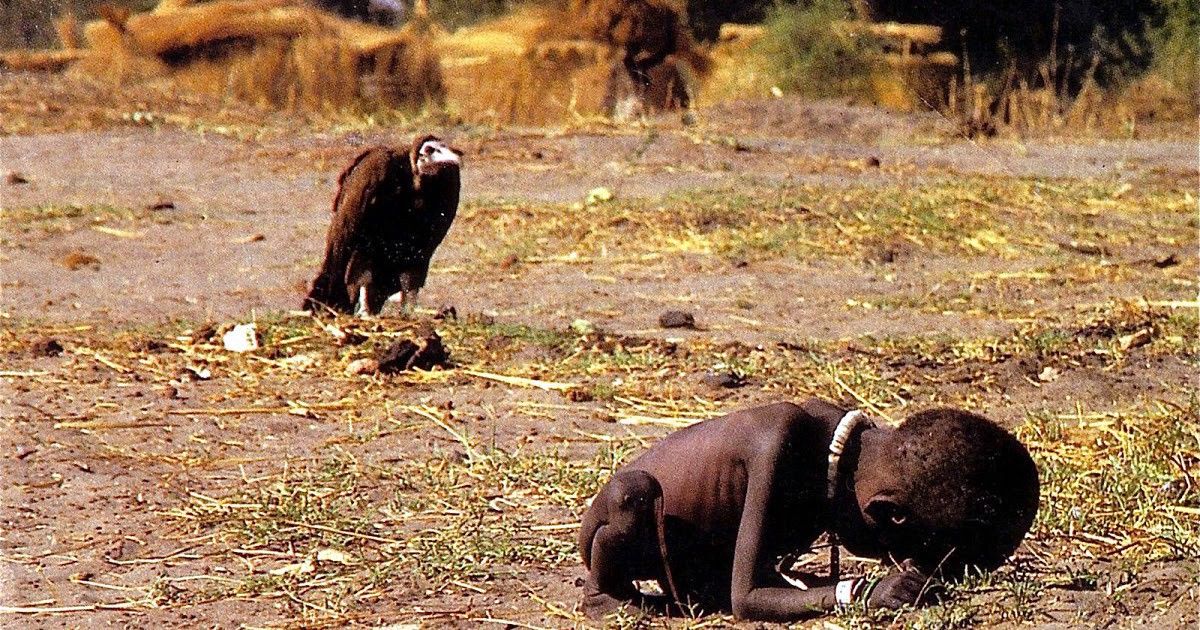
從物理到電機工程再轉到資訊傳播,最後落腳在社會學。衣櫃拿來當書櫃擺的人。我常在媒介生態學、行為經濟學、社會學、心理學、哲學游移;期盼有天無產階級可以推倒資本主義的高牆的兼職家教。
📚📑📝: "Unreasonable Behavior", "Watching the Pain of Others" | Photos create emotional closeness, but rational distance

"He's the eyes we can't close"
—John Berger, founder of Vanguard, a U.S. mutual fund company
I highly recommend reading these two together, the former is the semi-autobiographical work of Don McCullin , a British war photographer who won the Lifetime Achievement Award in Photography in 2020, covering his battles around the world. The latter is American writer and critic Susan Sontag ’s commentary on the impact of photography on war records and on the image as a medium of “seeing”.
Both have their place, and I'd even say they complement each other; McCullin as a photographer on the battlefield (authority), Sontag as a critic outside the war (bystander), and both. People's opinions and ideas will be slightly different, but the intersection part is also very subtle - morality.
.
The Starving of Sudan

The world-famous photographic work, "The Hungry Sudan" has always been used to discuss the importance of journalistic ethics and morality; in fact, this was still my high school exam question. At that time, because we were not satisfied with the direction of the teacher's comments, we followed it up. School fights. Hungry Sudan has nothing more than two obvious directions to discuss
Photography first or saving lives first?
The two arguments can still be viewed separately:
- photography first
For a war correspondent or photographer, this was the right thing to do, because that was their job; Kevin Carter , a freelance South African photographer who filmed "The Hungry Sudan" at the time, was delivering food with the UN The helicopters arrived at a relief station on the Sudanese border, where they had 30 minutes to film, and United Nations officials repeatedly warned them not to touch the refugees, lest they spread the deadly disease.
In the local area, Carter accidentally bumped into the little girl lying on the ground. Carter pressed the shutter and left this shocking photo. We restore the background at the time. Carter did nothing wrong at all. He kept his photography duties and followed the instructions of the UN personnel. Carter also explained in the media interview after the event that he came to work, if not because of work. , he will not come to Sudan.
In other words, Carter just did his part, photography; as for saving people, it should be the professional medical staff of the United Nations or MSF.
.
- save people first
This is probably the thinking of most bystanders, thinking from an ethical and moral level. If the old man is what it should do, then it should be saved under any circumstances ; the 1998 movie "Rescue Private Ryan" (Saving Private Ryan) embodies the moral sublime of saving a human life. In the movie, the US Army Chief of Staff sent an elite team of 8 people just to take a paratrooper, Ren, who was not sure where he was and whether he was alive, away from the battlefield.
If this is the duty of any human being, then at all costs, we must save people. If such an argument is set against the background of the little girl at the time, everyone who sees the little girl should save her, even if they are likely to die from an infectious disease.
But this immediately raises a question, if the person who sees this photo also supports the moral necessity of saving people, does that mean that the "bystanders" who did not come to Sudan to rescue are immoral?
╴
In fact, this doubt arises because we are jumping into a black-and-white multiple-choice question, but this is not a situation where we can only choose one of the two. McCullin mentioned that being a war correspondent requires three things:
- honest
- sense of justice
- Sympathy
In the book "Unreasonable Behavior", McCullin will actually assist in transporting the injured after the photo is taken; or, if the subject in the photo is not fully clothed, McCullin will also find a way to find cover. Covering the subjects, McCullin argues that they are also human and should be given the dignity they deserve. This is the reason why McCullin distinguishes war reporters from ordinary journalists. War reporters are the ones who see the most frightening scenes and the wounded in the most urgent need of help. McCullin specifically mentions in the book. arrive
If you're just going there to record, you shouldn't be there
I don't think these works are immoral. In fact, it is precisely because of these photos that we can reflect that "peace" has never been the norm in the operation of the world.
Like my work?
Don't forget to support or like, so I know you are with me..
Comment…